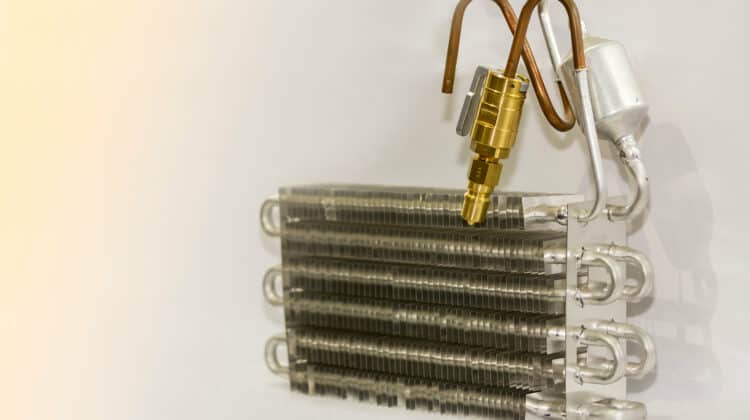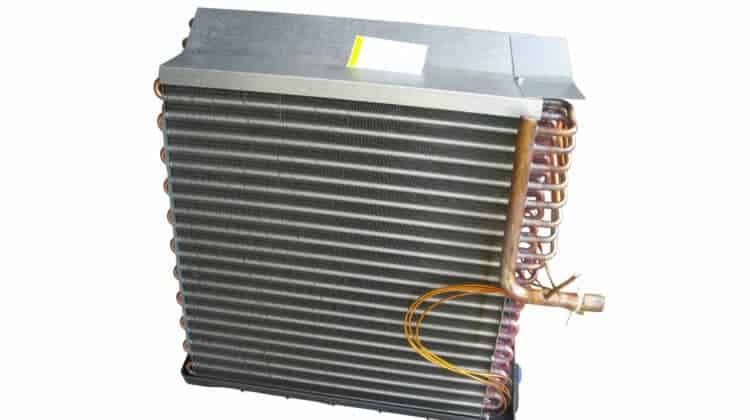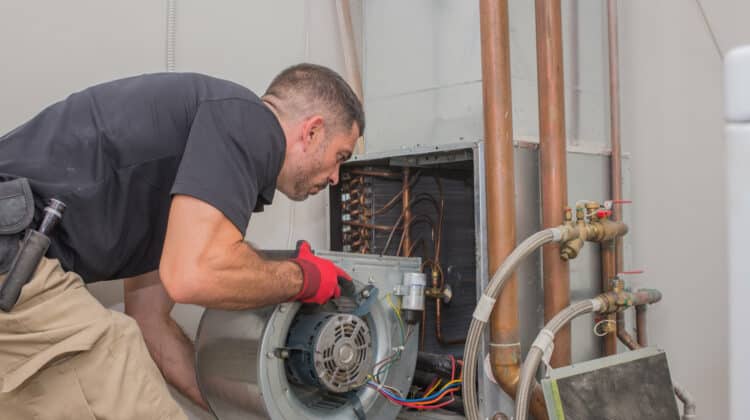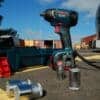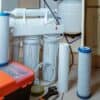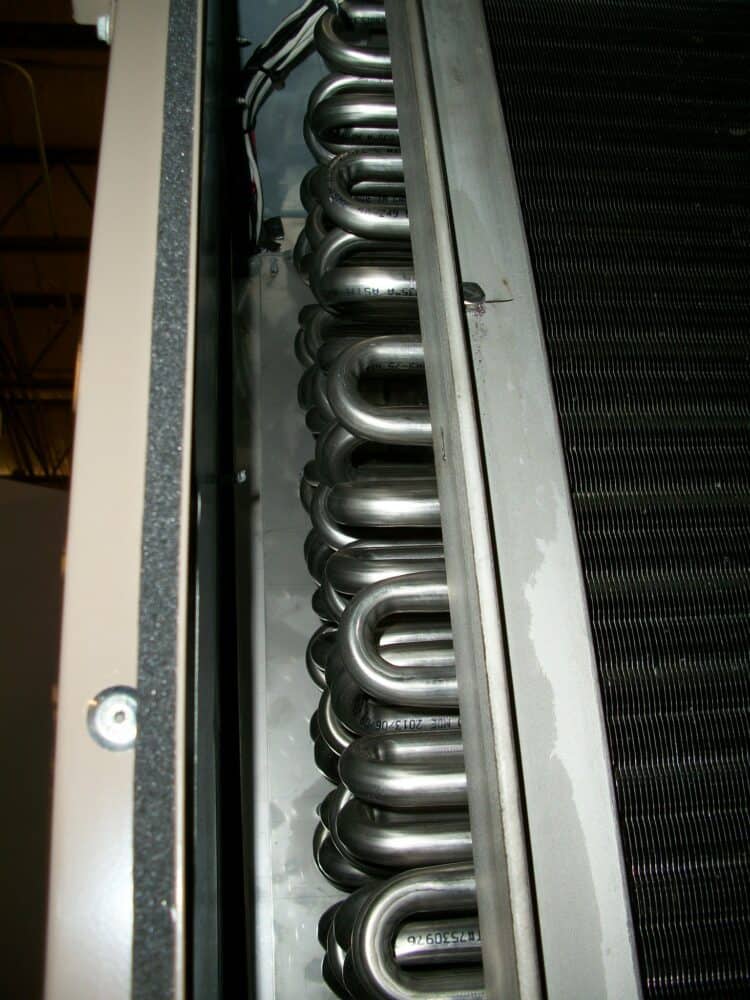
Most people assume that the outdoor unit is what conditions the air.
However, an air handler is the one that dehumidifies the air and gets rid of the high temperatures. It includes both a blower and a coil. And you can use it when you do not have a furnace or any blower.
An evaporator coil can also remove the heat and humidity from air but in systems that already have a blower.
You can find this in furnace systems.
Table of Contents
The workings
The outdoor unit contains a cold refrigerant (cryogenic substance), which vaporizes in the coil. When air passes through the evaporator coil, the vaporized cryogenic absorbs the warmth reducing the temperature of the air. The low temperature of the air makes the water vapor in it to condense.
The precipitate vapor drains away. For evaporator coils utilized in heat pumps, the cryogenic substance is hot. And adds warmth to the air blowing across the evaporator coil.
The process is identical in air handlers because it also includes a coil. Even so, a blower is a component that distributes the conditioned air throughout the house.
The capacity of the evaporator coil
You can measure the cooling capacity of air handlers and coils in BTU per hour or Tons. Both measurements are interchangeable.
Although the capacity ratings are usually precise for basic systems, you should choose a rated capacity that is higher than the output you need. More so if you are setting up advanced efficacy systems.
You can check the specification of the manufacturer for the coil to use.
And we would also be glad to assist you in choosing the perfect components for your system.
Width of the coil
Although the width does not affect the operating efficiency of your system, it would help if you chose the width that matches your furnace. But worry less.
Furnaces come in four widths. And the width of the coils is typically equivalent to that of the furnace system.
Coil options
There are two primary kinds of coils.
The first is the slab coils. It comprises a slab of fins that have tube coils for transporting the refrigerant.
Structures with little to no airflow resistance mainly use these kinds of coils. They are generally more sizable than the furnace systems. Therefore, the installer should build a conversion to ensure that there are suitable airflow and set-ups.
The second kind is the “A” coil. It comprises not one but two slab fins organized in a formation shaped as A. that provides them with equal surface area as the slab coil without adding to its size.
Therefore, it eliminates the need for transition ducting. “N” coils have their origin from “A” coils, but instead of two fin slabs, it features three fin slabs that form the N shape.
Although they also fit in furnaces perfectly, they are shorter than “A” coils.
Positioning the coils
If you have horizontal applications, then slab coils are an excellent choice. In these applications, the air flows horizontally across the evaporator coil. The other types of evaporator coils are suitable for both vertical and horizontal applications.
Orientation is essential for water to drain appropriately. Poorly drained water is a breeding recipe for molds and can lead to property damage. Plus, it may cause the system to operate ineffectively.
Blower options for air handlers
There are numerous blower options for air handlers. And each choice offers different levels of efficiency, comfort, and price tags.
You can get more information on blowers from its respective section of the furnace buying guide.
Final thing
Choosing the perfect air handler plus evaporator coil is crucial for improved comfort and efficiency. With these tips, you can effortlessly go through the options and narrow it down to the unit you need.
